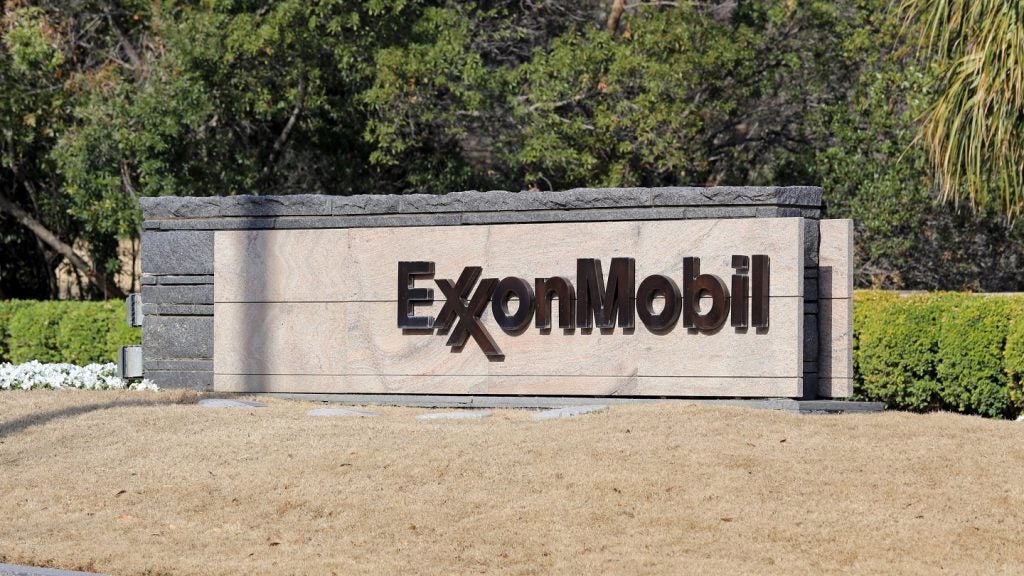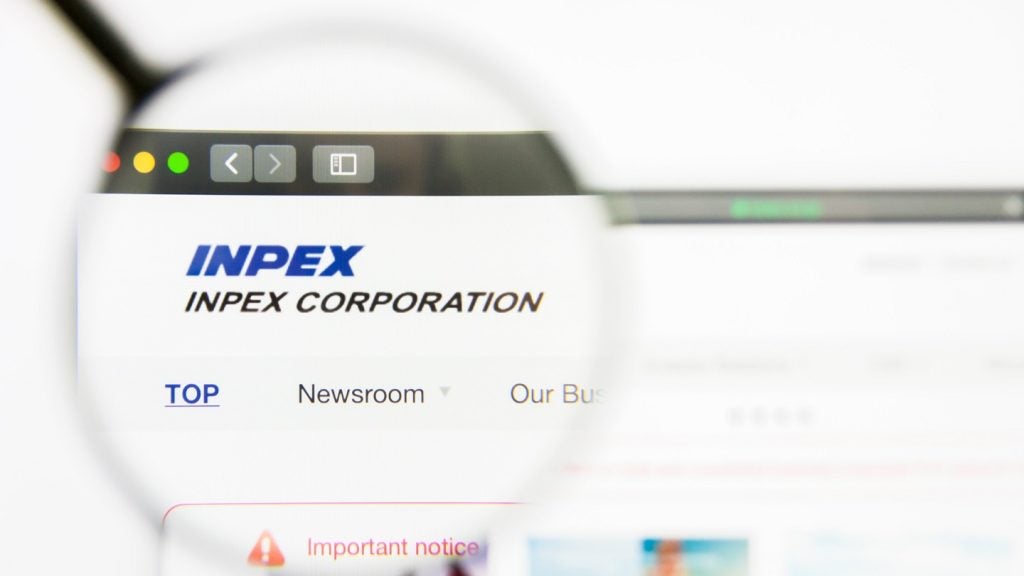ExxonMobil has initiated arbitration proceedings to assert its pre-emption rights in the Stabroek oilfield offshore Guyana.
The move could potentially obstruct Chevron's plans to acquire a stake through a $53bn deal with Hess.
According to Bloomberg, in a conference, ExxonMobil senior vice-president Neil Chapman said the arbitration has been filed with the International Chamber of Commerce (ICC) in Paris.
ExxonMobil Guyana, holding a 45% interest and operating the Stabroek block, is joined by Hess Guyana Exploration and CNOOC Petroleum Guyana, owning 30% and 25%, respectively.
Exxon asserts its right of first refusal should Hess's stake change hands, with the block containing an estimated 11 billion barrels of reserves.
This development poses a challenge not only to Chevron and Hess but also to hedge funds that have placed billions in arbitrage bets on the deal's success, the report said.
Chapman, who expressed confidence in Exxon's position, said: "We understand the intent of this language of the whole contract because we wrote it.
"The Chevron-Hess transaction, what it really did, is it attempted to circumvent the commercial purpose" of the agreement, he added.
Chevron and Hess did not respond to requests for comment, the news agency said.
Chevron's recent stock filing revealed ongoing discussions with ExxonMobil and CNOOC regarding the right of first refusal for the Stabroek block.
The company maintains that the right does not apply due to the deal's structure but acknowledges that if the issue is not resolved, the merger would not happen.
The arbitration process at the ICC is expected to take several months, potentially delaying the deal's closure, initially anticipated for mid-year.
If the transaction falls through, Hess would owe Chevron a break-up fee of approximately $1.7bn.
While Exxon may not immediately acquire Hess's 30% stake if Chevron withdraws, Chapman did not dismiss the possibility of a future purchase.
He said: “We are going to arbitrate to make sure we secure our pre-emption rights. If there is pre-emption, and we do have the opportunity, then what we would do is we would look at the potential values, see if it is accretive to our portfolio, see if it is accretive to us as a shareholder and then decide.”















